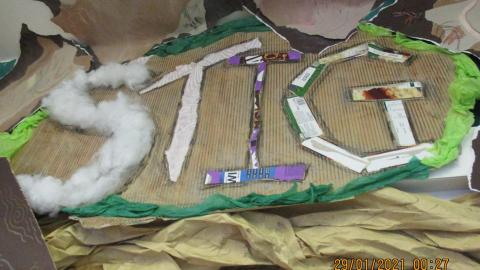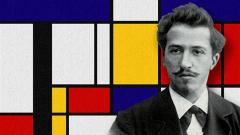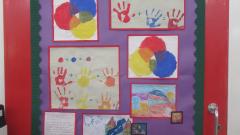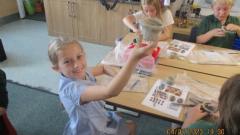The world always seems brighter when you’ve just made something that wasn’t there before.
Neil Gaiman
Intent
Our teaching of art & design aims to engage pupils in exploring their own creativity as well as learning about artists past and present, finding new ways of expressing themselves and understanding the world. We aim to create a culture of citizenship, tolerance and empathy through our Art & Design curriculum.
Aligning with the National Curriculum, children are taught to think critically, develop a more rigorous understanding of art and design, that art and design both reflect and shape our history, and contribute to the culture, creativity and wealth of our nation. We believe our carefully planned curriculum strives to create independent thinkers and successful life-long artists.
Implementation
Curriculum progression
Our art & design coverage is selected from subject content from the National Curriculum document and children will produce creative work, exploring their ideas and recording their experiences. Our curriculum is based on four branches of knowledge:
Procedural knowledge:
Procedural knowledge represents the skills required to think and act like an artist. These skills inform our planning of art & design and allow children to deepen their knowledge throughout the year, evaluating and analysing creative works and building on concepts from previous years.
Disciplinary knowledge:
Disciplinary knowledge represents the way artists view their subject. We present this disciplinary knowledge to the children as art & design ‘lenses’. These lenses are referred to and revisited year on year, as the children move through school. They are:
|
Line |
Shape |
Value |
Colour |
Texture |
Space |
Form |
|
Exploring marks that span the distance between two points – straight or curved, 2D or 3D, implied or abstract. |
Exploring the result of closed lines – shapes that are 2D, geometric or organic. |
Exploring the lightness and darkness of a colour. |
Exploring hue and intensity. |
Understanding the way something feels or looks like it would feel. |
Understanding the way I which line, shape, forms and colour can be manipulated to create space. |
When a shape acquires depth and becomes 3D, it takes on form. |
We firmly believe that by making the lenses explicit to the children, they are better equipped to become future artists to succeed in the subject throughout their educational careers.
Substantive knowledge
Substantive knowledge represents the facts that we want the children to know and recall through the teaching of art. Through collaborative planning and inspiring teaching, children will retain more facts for longer periods of time.
Substantive concepts
Substantive concepts are terms that hold meaning in an art context, such as Influence, Creativity, Freedom and Passion. These concepts help the children make links within art & design and to other subjects within the curriculum.
Assessment
Children will be continually assessed on their skills as artists in a variety of ways. This will include assessing how they use the lenses to consider and analyse various works of art such as painting, sculpture, drawings, graffiti art, etc. They will also work towards creating a final piece of art & design through the process of drafting and evaluating. They will then use the lenses to analyse their own final piece at the end of the term.
Impact
Our engaging art & design curriculum will enthral the children, deepen their learning and give them the tools to be critical art analysts.
We intend the impact to be children who will have learnt, improved and embedded a range of artistic skills. They will have an awareness of a broad range of artists, cultures and craftspeople, and be able to consider and discuss the artworks they come across. We want our pupils to be confident to explore, experiment and take risks, placing value on the process and journey that they take, not just on the finished product. We aim for our children to be prepared for life in high school and in Modern Britain and the world and enthuse them to become life-long artists.
Most importantly, we want children to have found and enjoyed a creative outlet – a means of self-expression and enjoyment.




